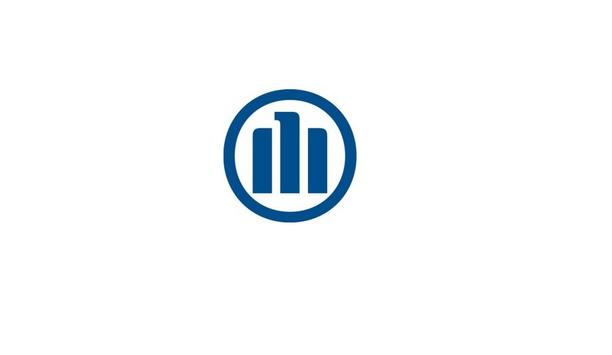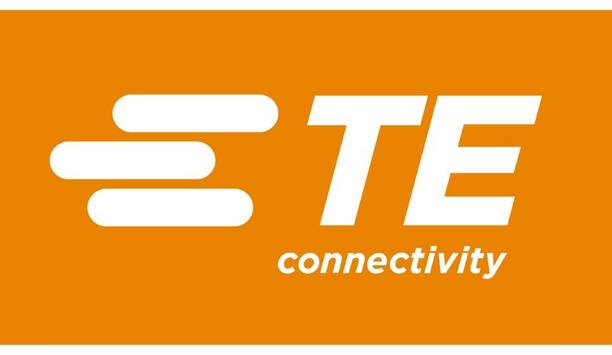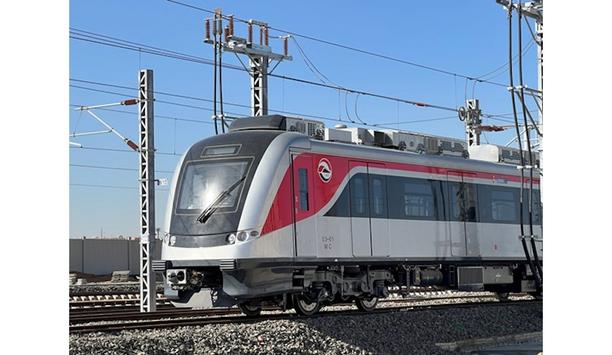Charging an EV will become as familiar to them as filling up at the pump. But, unlike going to a petrol station, EVs can be charged at home, at work, at destinations like cinemas and supermarkets, and on the go.
Ofgem explains how the supply rules apply in different charging scenarios. Providing clarity to EV drivers, local authorities, investors and ChargePoint operators is crucial in enabling the roll-out of the EV infrastructure needed. Ofgem official Kevin Baillie explains how new guidance published this week will help make the transition to net zero more of a reality.
Technology-driven system
Their daily news is packed with stories about the effects of the global gas shortage, and the need for them to transition to a more secure, sustainable, and net-zero energy system. This was something their CEO Jonathan Brearley spoke in depth about at the Future of Utilities event on Tuesday 8 March.
Ofgem is playing a critical role in creating the right infrastructure for net zero to thrive
Innovation will have starring roles in this transition, affecting the technologies, processes, products, services, relationships, behaviors, and rules that permeate the energy landscape. But, innovation is inherently unknowable which creates challenges for regulation.
They recognize that remaining relevant in the face of rapid, technology-driven system change means they need to harness new regulatory perspectives and tools. Ofgem is playing a critical role in creating the right infrastructure for net zero to thrive.
Half-hourly settlement
In time, reforms they will provide environments more suited for innovations that can benefit current and future consumers. And, the continued roll-out of smart meters and the transition to market-wide half-hourly settlement will enable smarter, flexible services.
But strategic reforms alone aren’t enough. In parallel, they need more agile and adaptive tools (like the Strategic Innovation Fund and the Energy Regulation Sandbox) – approaches that allow them to keep pace with innovations and steward their entry into mainstream markets.
One of the ironies is that the innovators (and their investors) that drive change crave certainty. Market and regulatory arrangements can provide such certainty, but with certainty and stability comes inertia, making rapid regime change difficult.
Reasonably expected customers
The transition from internal combustion to electric vehicles is a timely case in point
Henry (Hank) Paulson, (former US Secretary of the Treasury) and Bill Maris (American technology entrepreneur) observed the tension between innovation and regulation.
Henry Paulson said, “Regulation needs to catch up with innovation,” and Maris observed that “The reality is regulation often lags behind innovation.”
Tansition from internal combustion to EVs
The transition from internal combustion to electric vehicles is a timely case in point. EVs don’t fit neatly with a legislative model that defines an electricity consumer by the premises they occupy.
The designers of the current regime (legislation, regulations, system arrangements, trading rules, sector norms, etc) quite reasonably expected customers to consume electricity at fixed premises (not on-the-go), for domestic, business, education, and leisure uses, not for travel (trains and milk floats being the obvious exceptions).
EV charging models
In the last 5 years, their Innovation Link has spoken with 100 or so innovators looking to understand how the supply rules apply to EV charging models:
- What happens if users want to charge their EV at their parents’ or a friend’s house, or at the cinema?
- What if the users use public charge points when they’re on-the-go, but want to pay through their household electricity bill?
- What if users are EV fleet operators and they want to pay for the charging done at their employees’ homes?
- What happens if users rent their EV charger and driveway to their neighbors, and sell them power that comes from the rooftop solar-PV as well as their normal supply?
The Innovation Link is part of Ofgem’s agile, adaptive response, and provides bespoke, bilateral (non-binding) feedback to individual innovators.
Innovation support providers
It was always their plan to produce broadcasts covering the most frequently raised issues, thereby building wider understanding and confidence in the regulatory treatment of innovations. This version covers 8 (previously 4) charging scenarios, including peer-to-peer and fleet arrangements. They expect it will be useful for innovators, ChargePoint operators, local authorities, EV drivers, fleet operators, trade associations, investors, and innovation support providers.
By their very nature, innovation and regulation will forever be locked in a discursive embrace. Innovation’s job is to pathfind, regulation’s is to maximize benefits to consumers while limiting harm. By seeking out opportunity to make the transition to net zero a bit easier, a bit simpler, a bit more accessible, it’s another step on their journey towards weaning themselves off fossils fuels and making low-carbon fuels the new normal.







